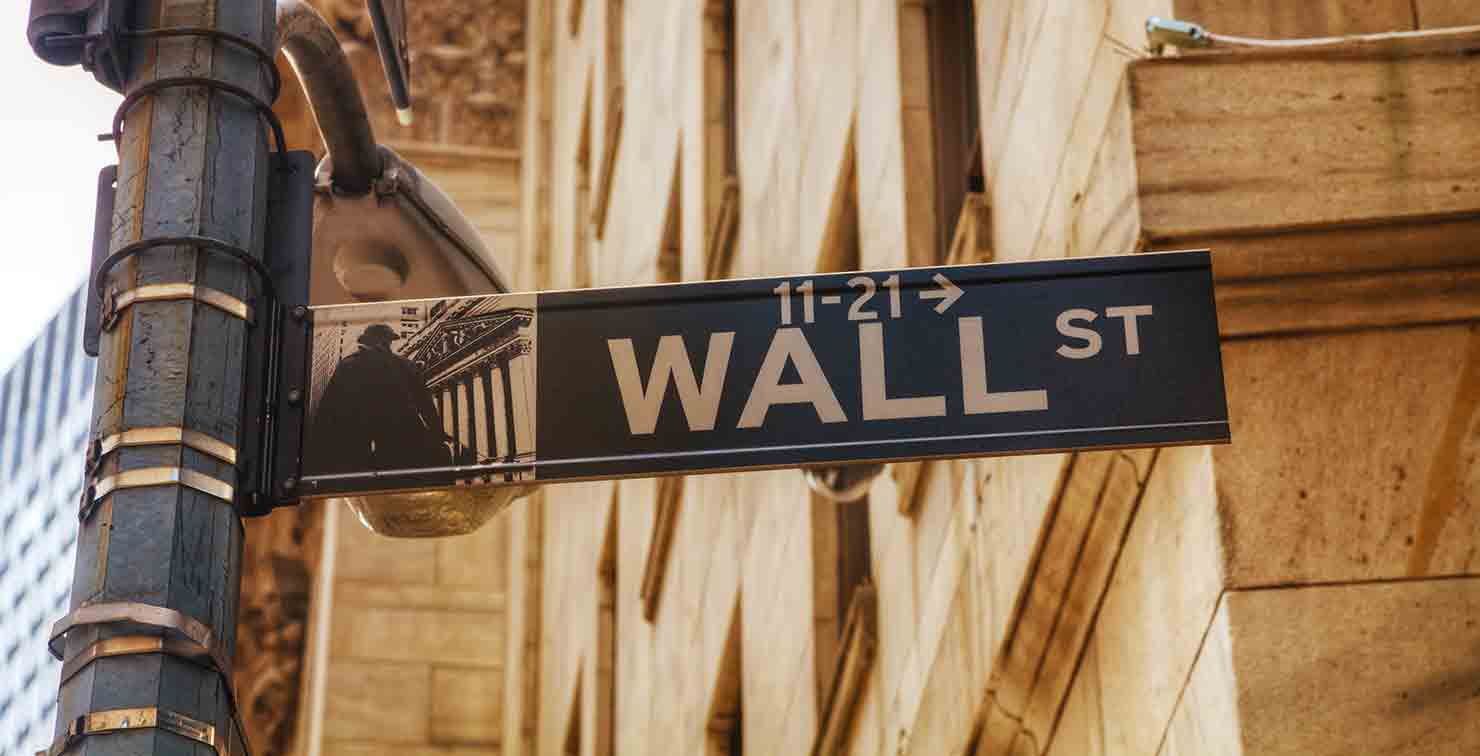These days, it seems that everyone in the financial services industry is talking about distributed consensus ledger (DCL) technology, commonly known as blockchain. The real-time transaction and settlement technology is viewed by some as the breakthrough that’s going to revolutionize electronic payments systems, and by others as the technological grenade that’s going to rip a hole in the world of banking systems as we know it. The truth is, nobody knows how things will turn out with any degree of certainty.
In my opinion, blockchain is potentially one of the most disruptive business technologies to emerge in the digital age, replacing the traditional bookkeeping system of single private ledgers kept in siloed databases and updated in daily batch settlements with a chain of shared, encrypted public ledgers, linked and validated by network consensus in real time to enable instantaneous settlement. Transactions are said to be “immutable,” because they are confirmed by the network, and cannot be altered by an individual.
In essence, blockchain serves the same function as the current system of clearinghouses and transaction networks that handle most electronic payments and money transfers, including ATM transactions, correspondent banking, credit card purchases and electronic funds transfers. And that’s just one application. Other uses range from secure document transfer and trading of stocks and bonds, to cybersecurity and internal audit.
As you might imagine with something so fundamentally different from what came before it, expert opinions on the benefits, risks and applications are all over the map and often contradictory. The technology itself fosters such contradictions.
For example, while blockchain transactions are considered to be extremely transparent, the anonymity of those transactions has raised anti-money laundering (AML) and Bank Secrecy Act (BSA) concerns — to use an analogy, while the game itself is transparent, the players are not. And despite the widespread (and accurate) belief that blockchain transactions are secure, hackers recently raided a cryptocurrency exchange, making off with millions of dollars in real cash, from transactions conducted in Bitcoin via blockchain.
I bring up the hacker attack to illustrate that while blockchain does, in fact, protect the integrity of the transaction, open ledger cryptocurrency networks remain vulnerable at the nodes, the various businesses that house customer data.
With closed or permission-based blockchains being viewed increasingly as the future in banking, such obstacles will surely be overcome, but it is important to recognize that we are in a “Wild West” period where hackers and fraudsters are trying as hard to beat the system as others are trying to build it.
Once the “frontier” aspect of blockchain wears out and it begins to find its place into the mainstream of banking technology, financial institutions will need to take other, equally important issues into consideration. Here are a few of the wrinkles that will need to be ironed out:
- Legacy environment — The old ways may not be elegant, or what everybody wants to use, but they are so embedded in the financial services ecosystem that it will take time and effort to change. Overcoming that inertia and figuring out how to integrate old and new in a 24/7/365 transactional environment is going to be a challenge. Regardless of the time it takes, the writing is on the wall for legacy systems.
- Vested interests — As a technology that eliminates intermediaries, blockchain has the potential to disrupt the powerful and established institutions that own, and profit from, the movement of money among financial institutions. New business models will inevitably emerge.
- Regulation — Although transactions are transparent, the ability to track money movement in this environment is still undeveloped. Anti-money laundering (AML) is expensive for banks, and the people who launder money tend to spread their activities across multiple institutions, making tracing those activities in their entirety difficult. Blockchain has the potential to shift regulatory focus and burden away from individual institutions and to the exchange network itself. Businesses are already forming to address that need.
Although it is too early for anyone to have all the answers, financial service executives and internal auditors need to become conversant in blockchain to avoid being blindsided by this rapidly evolving disruptor. For a good primer on blockchain, I’d recommend Volume 3, Issue 2 of Protiviti’s PreView series on emerging risks. We’re going to stay on top of this topic for you. Stay tuned!





